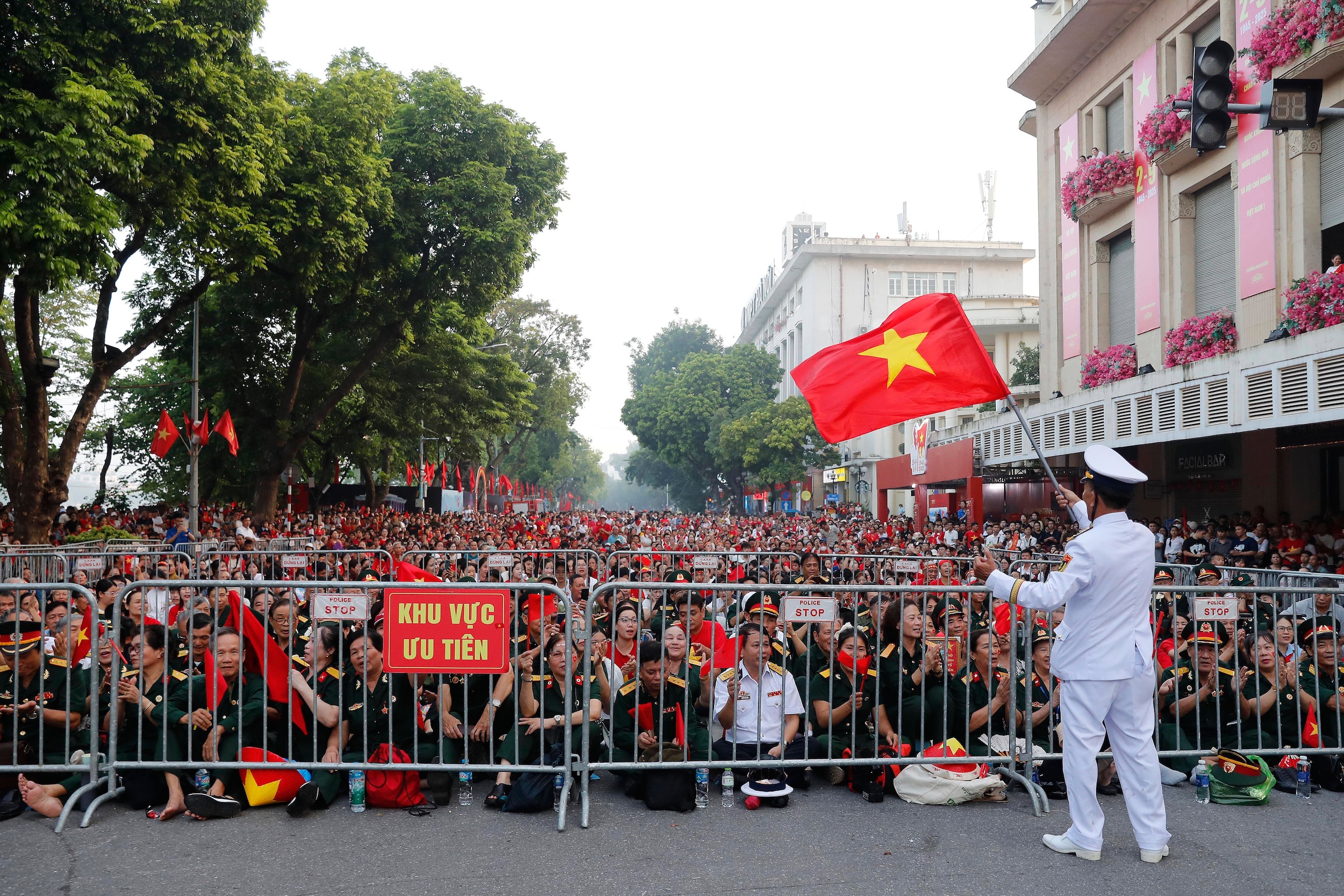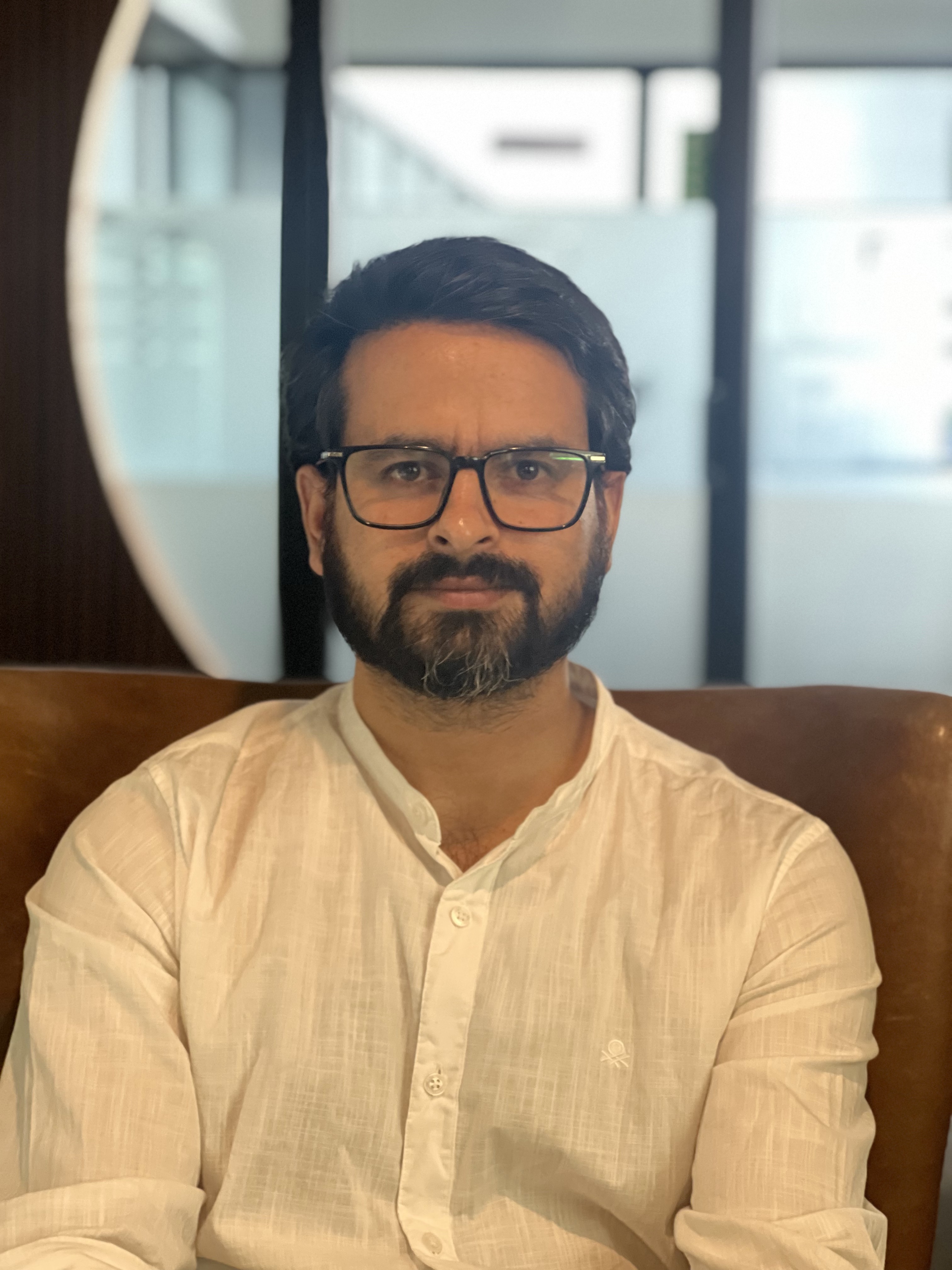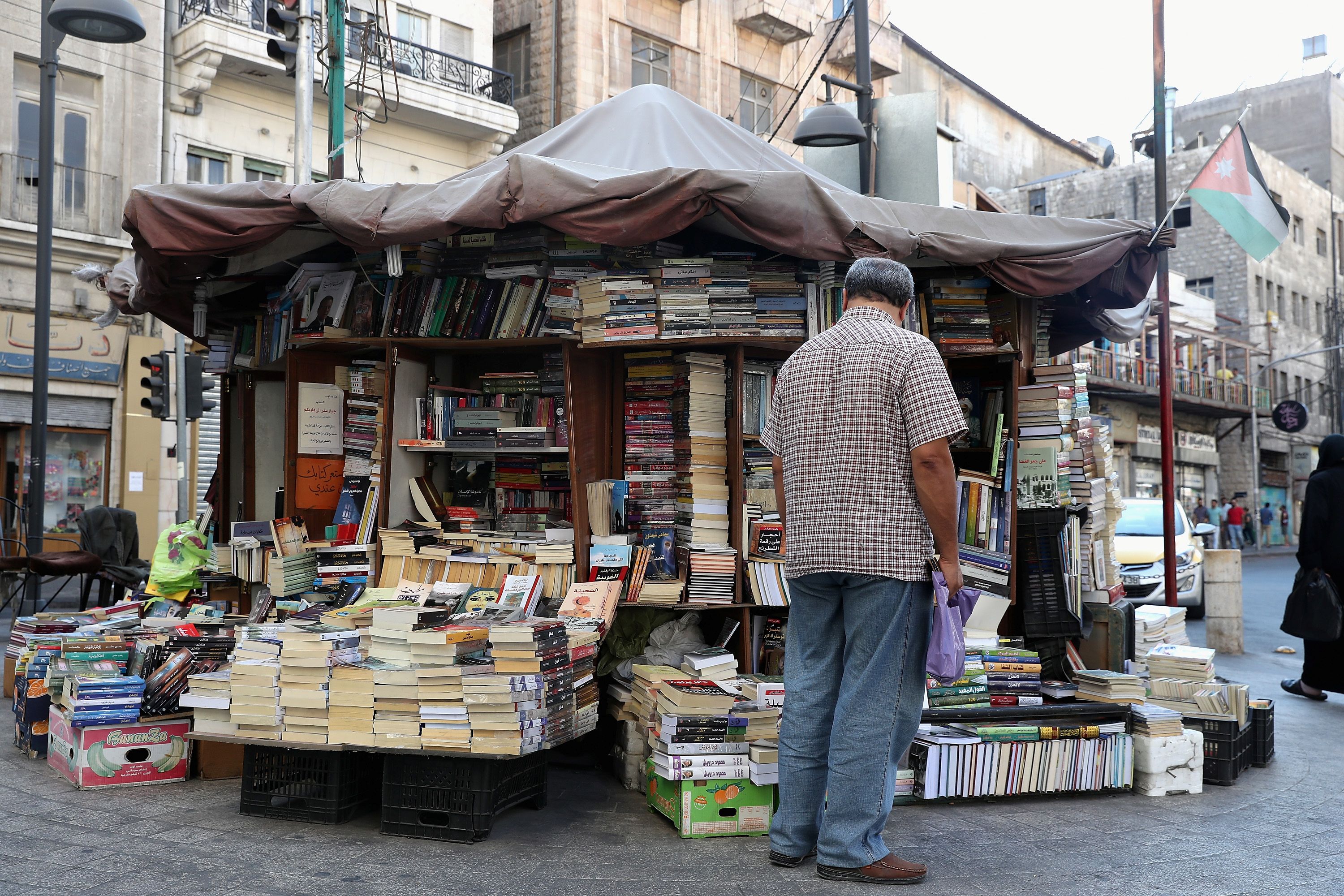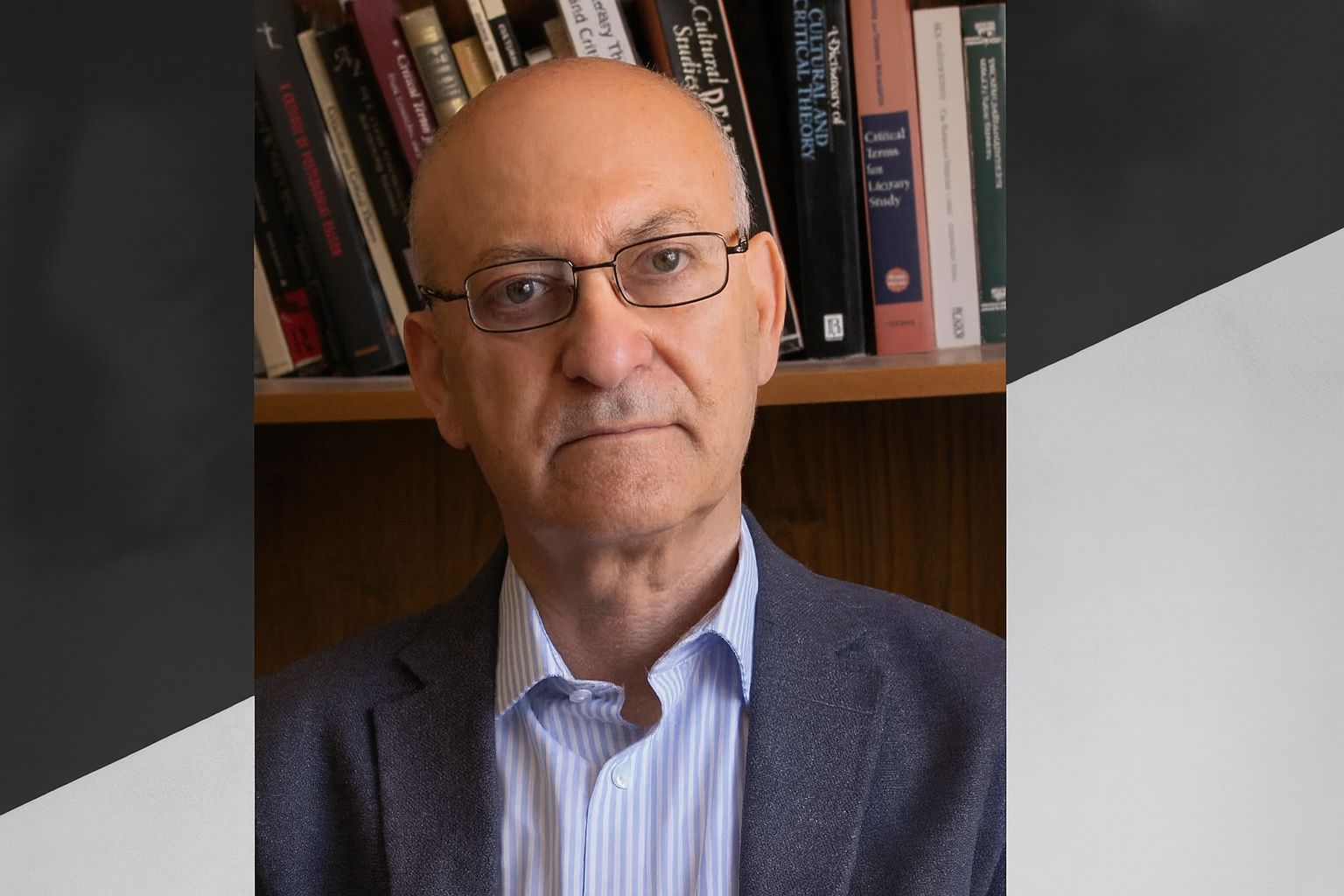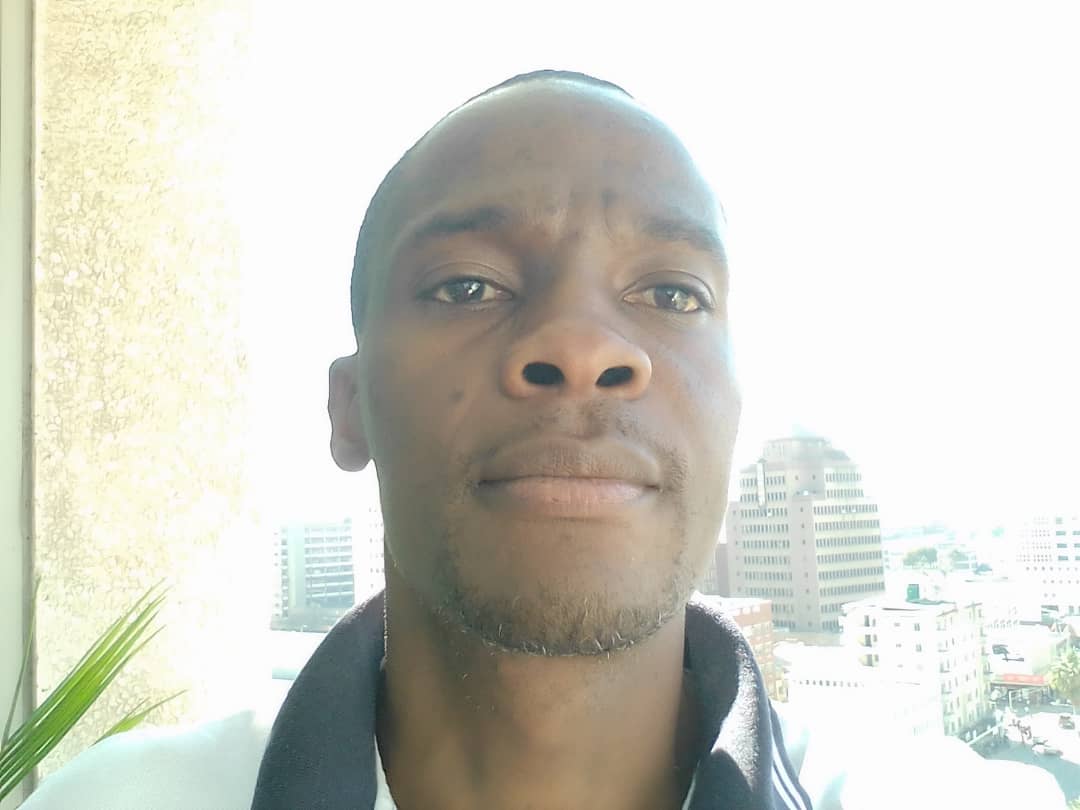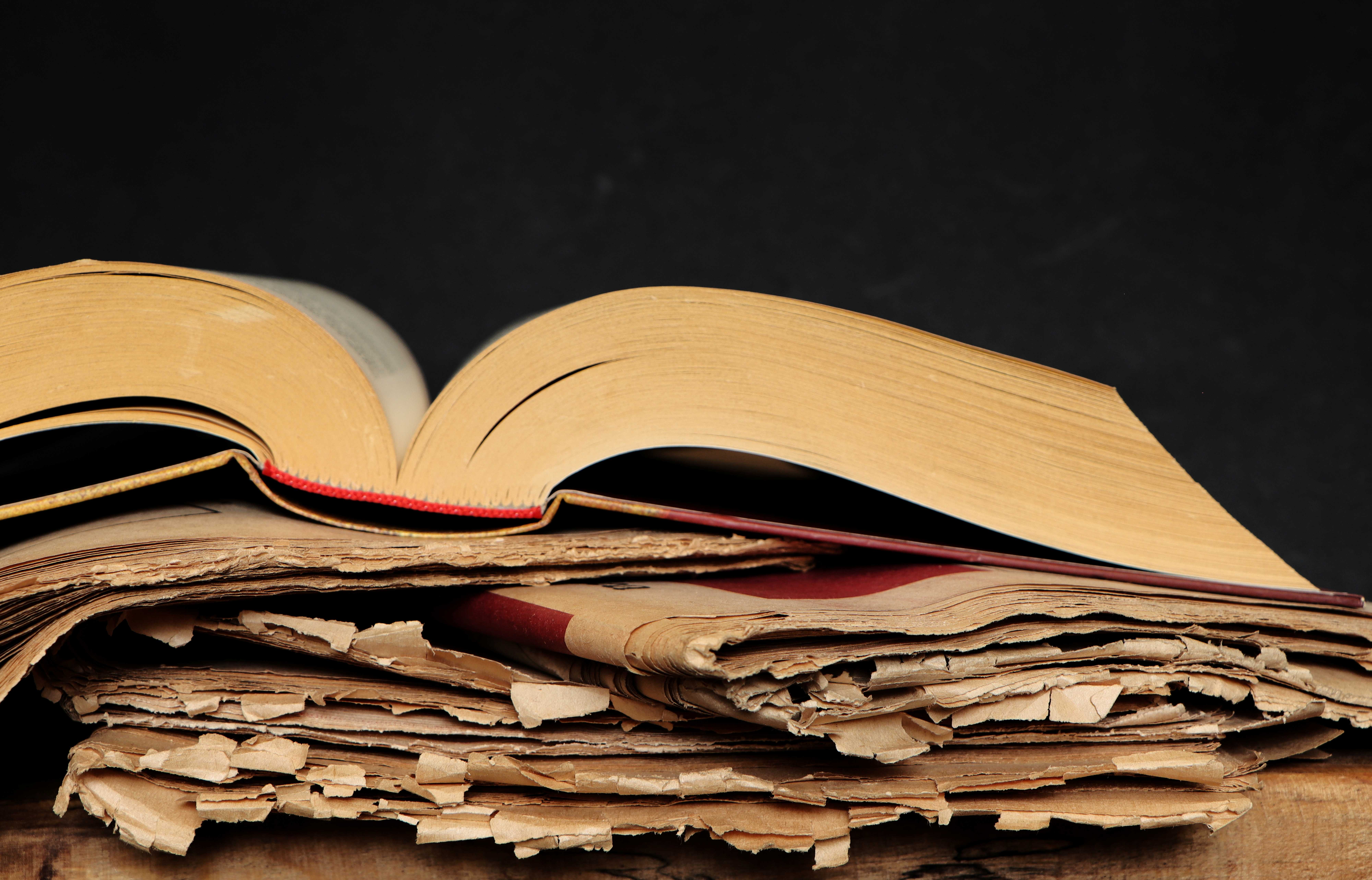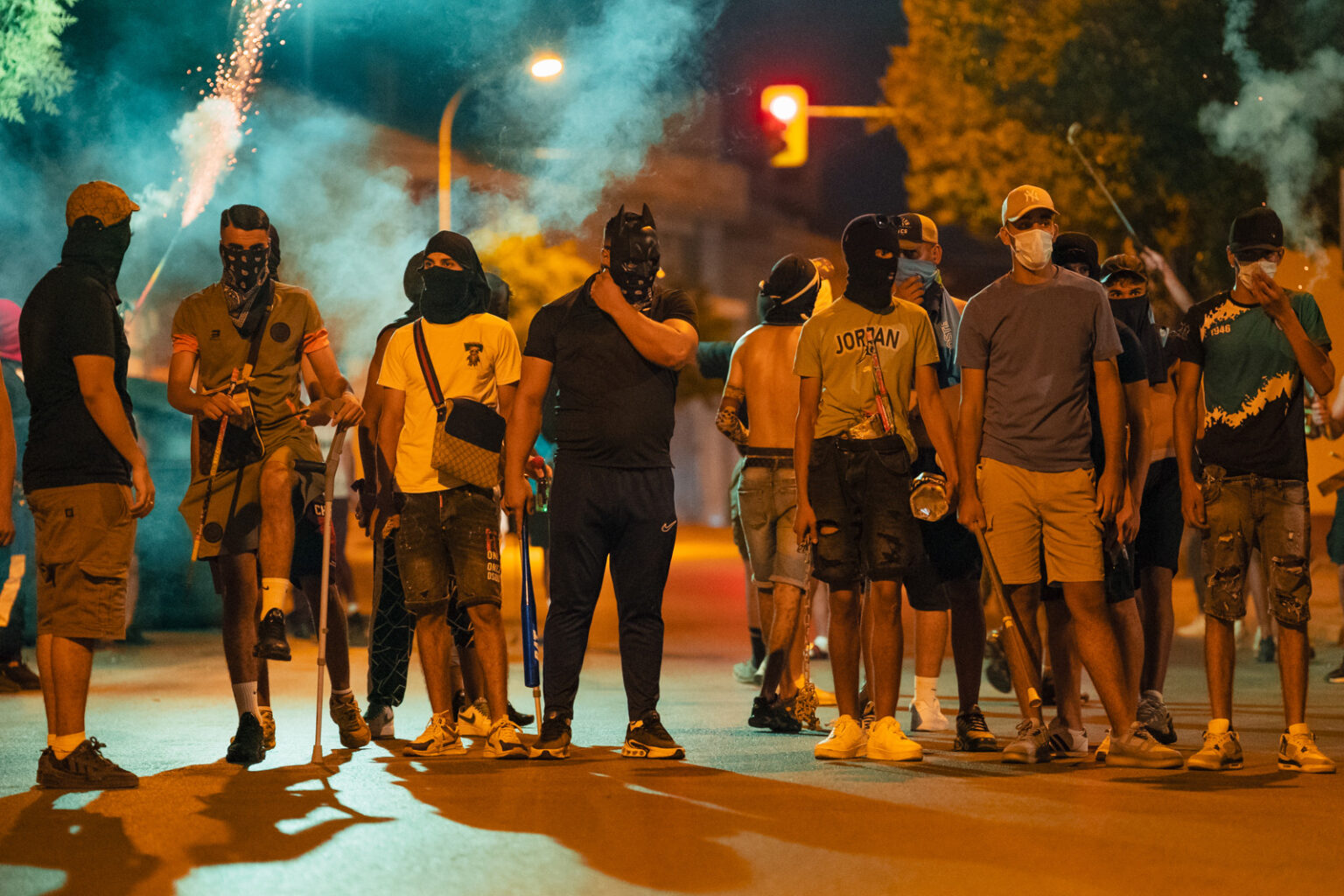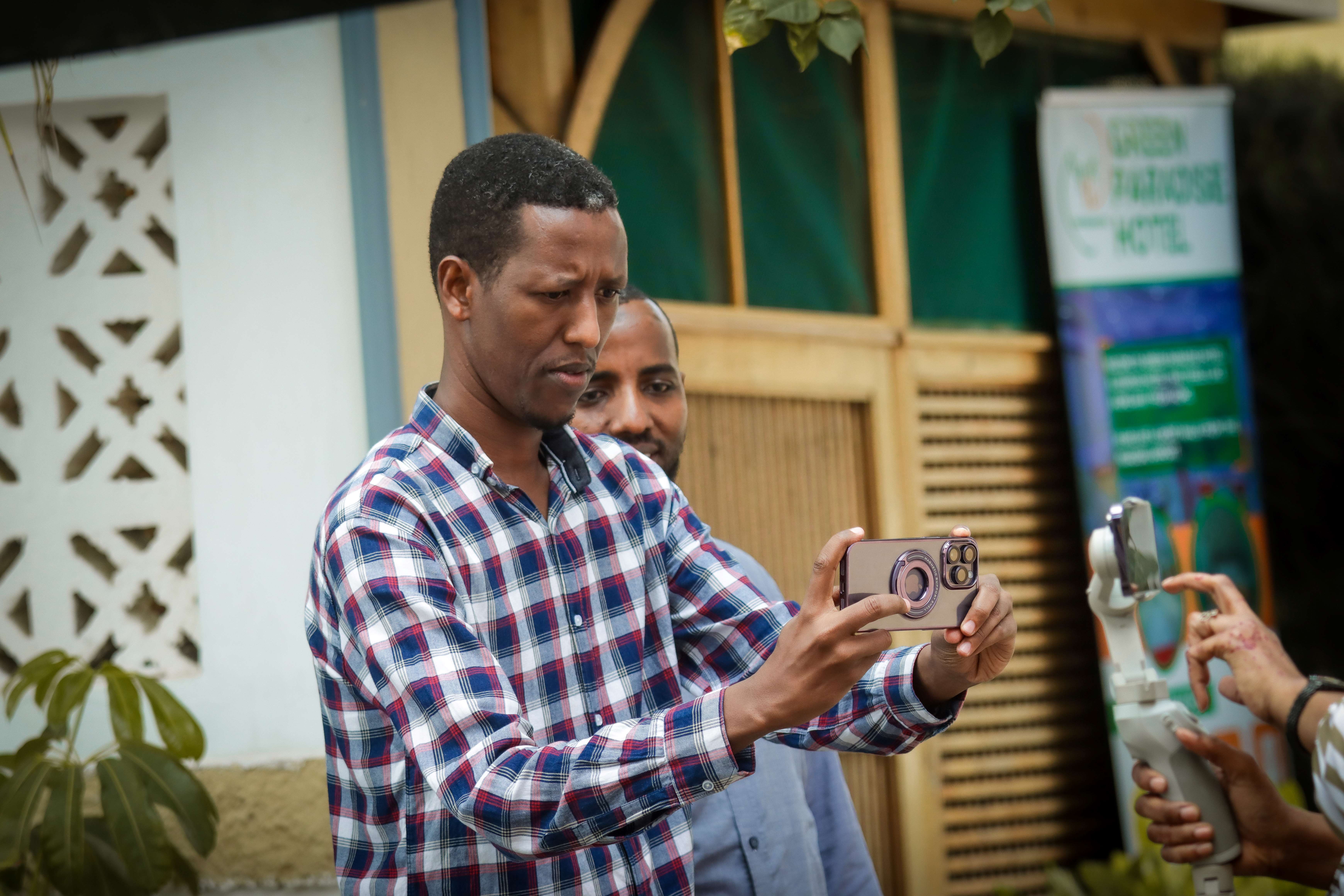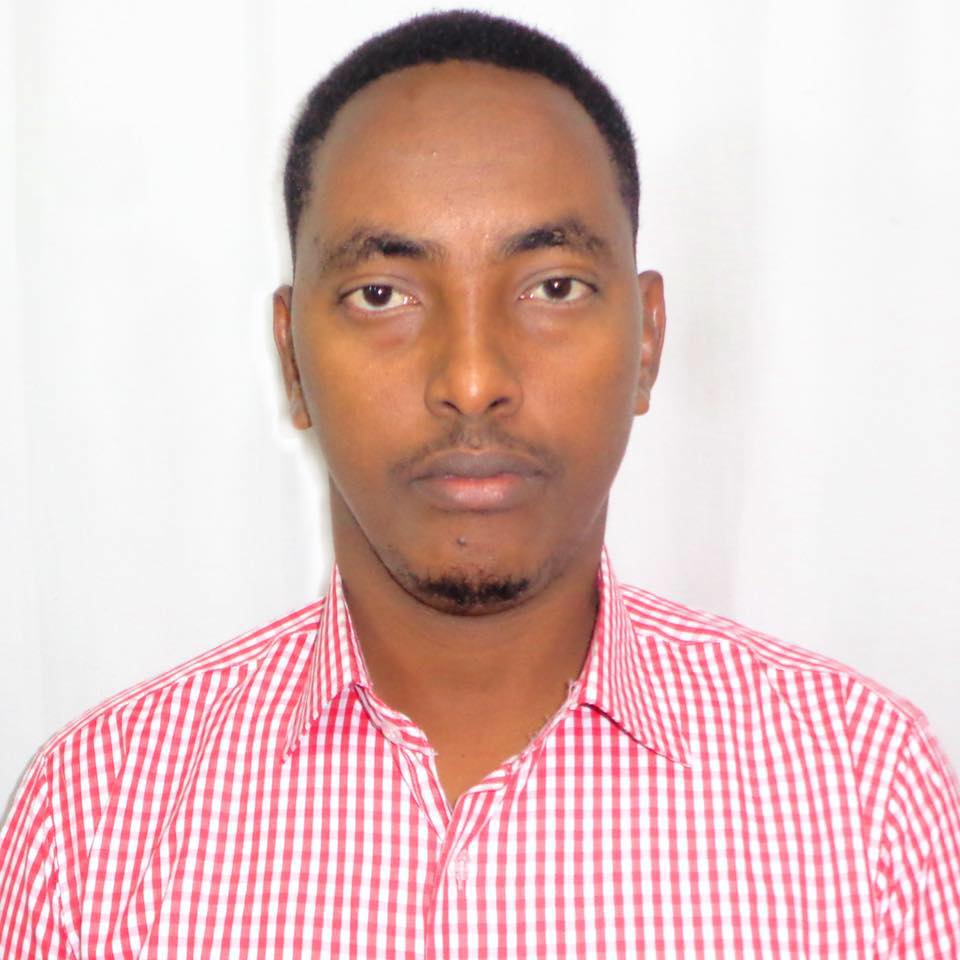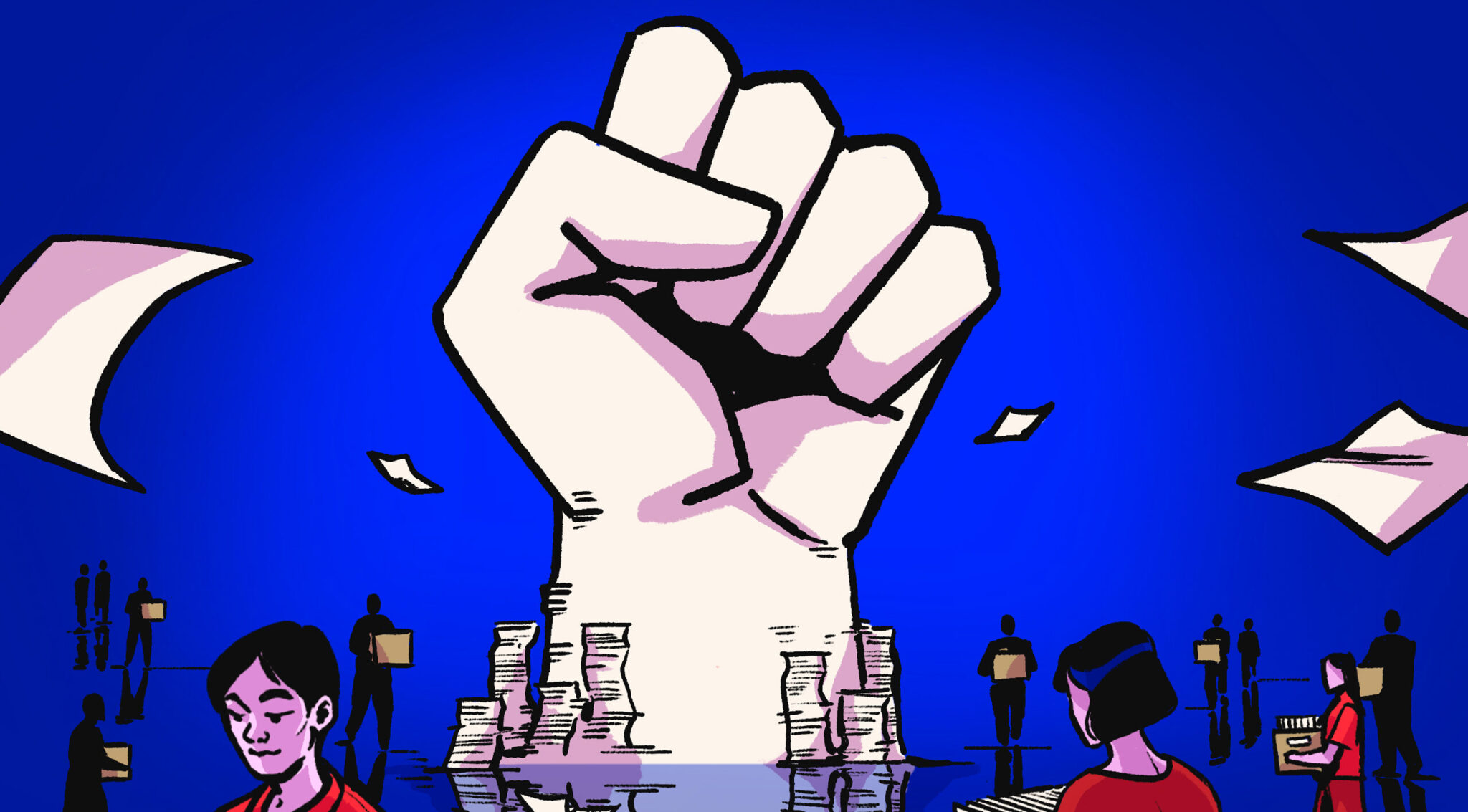بينما كانت تنتظر والدة الأسير الطفل "أحمد مناصرة" ظهور ابنها في محكمة الاحتلال الإسرائيلي في منتصف إبريل/نيسان الماضي، لتراه بالعين المجردة دون زجاج فاصل كما يحصل عند زيارته من فترة لأخرى، انهال جمع من الصحفيين والمصورين عليها بأسئلتهم التي كانت أشبه بعمليات الاستجواب البعيدة -كل البعد- عن المهنية والمنطق. السيدة المتعبة صحيًا ونفسيًا بحكاية ابنها الذي تضعه إدارة مصلحة السجون في العزل الانفرادي، ويعاني نتيجة لذلك أزمات نفسية وصحية، وجدت نفسها بين كومة من الكاميرات والميكروفونات دون رأفة بها. زاد الأمر صعوبة حينما دخل أحمد أخيرًا مكبل الأيدي برفقة عدد من عناصر شرطة الاحتلال، أرادت أن تخبره عن "حبها وشوقها اللامحدود" وجهًا لوجه كي تخفف قليلًا من وجعه؛ فحدث ما يشبه السقوط المهني حيث صنعوا بكاميراتهم حاجزًا بشريًا هذه المرة بين الأم وابنها؛ فحرموها من اللحظات التي كانت تُعد لها منذ أيام. هنا انهارت أم أحمد المسكينة ونطقت بما حبسته في قلبها قبل دقائق، حيث صرخت "خلص.. الصحافة وترتني".
انتهاكات بلا رقابة
لم يقف أحد عند ما حصل مع أم أحمد. كانت أنظار الجميع نحو ذاك الشاب المنهك وما استطاعت كاميرات التصوير التقاطه من زوايا مختلفة له. كنت أتمنى لو أنّ أحدًا أثار القضية إعلاميًا أو عبر مواقع التواصل الاجتماعي، لعلّنا نجد حلًا لمثل هذه الانتهاكات لحقوق الناس من أجل الحصول على كلمة أو صورة تشفي طمع البعض بما يظنونه سبقًا صحفيًا وتميزًا إعلاميًا.
حكاية أم أحمد مع الصحافة تتكرر كثيرًا في حوادث أخرى، إذ لا يتورع البعض عن توجيه بعض الأسئلة التي يمكن وصفها بـ "السخيفة" الخالية من المنطق خاصة لذوي الضحايا والشهداء، من قبيل: ما شعوركم تجاه الفقد؟! وأسئلة أخرى تدغدغ مشاعر هؤلاء المتألمين مثل: "ما آخر شي تناوله ابنك الشهيد.." إلخ... ناهيك عن الصور غير الأخلاقية التي يتم التقاطها للأهالي في لحظات الانهيار التام دون مراعاة لظروفهم أو لقيم الصحافة وأخلاقياتها. في لقاء تلفزيوني بث مؤخرًا على إحدى المحطات المحلية الفلسطينية وجه المذيع سؤاله لقريب فتاة قتلها الجيش الإسرائيلي في الخليل بالقول: "ما هي رسالتكم؟" انهار الرجل على الهاتف باكيًا ثم اعتذر قائلًا: "أنا غير قادر على الحديث"، ثم أغلق سماعة الهاتف.
أحترمُ كثيرًا المؤسسات الإعلامية التي ترسم خطوطًا حمراء لصحفييها، تمنعهم من خلالها عن ارتكاب أخطاء صحفية غير مهنية في سبيل الحصول على السبق الصحفي، وتفضل احترام حق الناس بالمعرفة بالموازاة مع رفض إيذائهم عبر نشر كل ما يؤذيهم نفسيًا وبصريًا. قد تختلف آليات التعامل مع الأحداث المؤذية من مؤسسة لأخرى، لكن لا بد من توافق مبدئي على ما يُسمح بنشره من عدمه واحترام من يُشاهد ويسمع.
قلب وضمير
لا مشكلة بإظهار نوع من التعاطف مع شخص فقد قريبًا منه للتو بدلًا من استدراجه بأسئلة لا معنى لها لدغدغة مشاعره، والأجدر بك كصحفي في مثل هذه المواقف التي تتعامل فيها مع ذوي الضحايا أن تكون مستمعًا جيدًا بقلب وضمير في آن، وأن تحترم خصوصيتهم. ذاك الذي تقابله ليس بطلًا بل صاحب مأساة وقضية إنسانية، لا يدرك في كثير من الأحيان ما الذي يتفوه به أمام الكاميرات المنصوبة أمامه أو على الهواء مباشرة في وقت عسير يمر عليه.
أذكر هنا حادثة حصلت معي خلال عملي كمراسلة تلفزيونية في فلسطين في عام 2015، أثناء إجراء لقاء صحفي على الهواء مباشرة مع والدة أحد الشهداء الذين نفذوا عملية طعن ضد هدف إسرائيلي. على الرغم من إخباري لوالدة الشهيد عن طبيعة الأسئلة التي سأوجهها لها أثناء اللقاء قبل ظهوري على الهواء والحصول على موافقتها التامة بل ترحيبها لإجراء المقابلة، إلاَ أنها فاجأتني بتصرف لم يخطر على البال أو في الحسبان إطلاقاً. بعد توجيهي السؤال الأول لها ونحن على البث، تفاجأت بالأم تُخرج سكينًا من تحت عباءتها وتهدد بها رئيس الوزراء الإسرائيلي. رغم ارتباكي بالمشهد الذي حصل بسرعة أمامي، طلبت على الفور من المصور أن يبعد عدسة الكاميرا عن الأم ثم استدركت الحدث بالقول: إنَ الأم ما تزال تحت تأثير الصدمة على فقد ابنها ولا تدرك ما الذي تفعله الآن، ثم اعتذرت إليها عن إجراء اللقاء وهي في هذه الحالة ثم أنهيت رسالتي المباشرة. لو استمررت في ذاك اللقاء مستغلة ضعف الأم لكنت تسببت في اعتقال الجيش الإسرائيلي لها بتهمة التحريض على العنف.
استعراض هذه القصة هدفه إظهار أننا جميعًا – كصحفيين – عرضة لمواقف إنسانية طارئة، لذا علينا أن نكون على دراية ووعي بطريقة التعامل معها. في حقيقة الأمر بعد تلك الحادثة بدأت أحسب ألف حساب لكل قصة أعدها، أو تغطية على الهواء مباشرة أقوم بها، وهي الحالة الأكثر صعوبة على الإطلاق. إذ إن كل كلمة نتلفظ بها سرعان ما تجد صدى لدى الجماهير والرأي العام؛ فتتحول إلى حديث الناس عبر مواقع التواصل الاجتماعي التي لن ترحمك على الإطلاق في حالة خيانتك لمعايير المهنة والقيم الإنسانية.
إرشادات رادعة
مع الثورة الرقمية وتوسع وسائل الإعلام التقليدية واعتمادها في كثير من الأحيان على المنصات الرقمية لنشر محتواها لتحقيق أكبر انتشار، ارتفعت نسبة انتهاك معايير الأخلاق الصحفية، خاصة إذا ما تحدثنا عن نشر صور ضحايا الحروب والانتحار والقتل والاغتيالات. من الصعب حصر القصص الصحفية التي توثق انتهاكات مهنية وأخلاقية. وهي، بطبيعة الحال، لا تقتصر على صحفيي بلد أو مجتمع ما، بل هي موجودة في كل المجتمعات والأزمنة، وكثيرًا ما نقرأ عن قصص مشابهة. نتذكر في هذا السياق حكاية المصور الصحفي "كيفن كارتر" من جنوب إفريقيا الذي انتحر في منتصف التسعينيات من القرن الماضي بعد وقت قصير من حصوله على جائزة "بوليتزر" العالمية عن صورته الشهيرة "طفلة مجاعة السودان". رغم الشهرة الكبيرة التي حققتها الصورة عالميًا، فإن كارتر (33 عامًا) لم يحتمل تأنيب الضمير على تلك الصورة التي التقطها عندما حط بالقرب من الطفلة نسر كان على وشك التهامها. لم ترد الكثير من التفاصيل لاحقًا عن مصير الطفلة لكن يُقال إن المصور اكتفى بإبعاد النسر عنها بعد الحصول على لقطته دون إيصالها لأي مركز إغاثة.
السؤال الاستنكاري الذي يطرح: كيف تسمح المؤسسات الإعلامية لصحفييها بارتكاب مثل هذه الانتهاكات المهنية، ولماذا لا يتم توفير إرشادات مكتوبة حول آلية التعامل مع مثل هذه المواقف؟
إن الالتزام بأخلاقيات العمل الصحفي من اللبنات الأساسية في الإعلام التي يجب على كل من يزاول المهنة أن يحترمها سواء كان مصورًا، مراسلًا أو حتى مذيعًا... صحيح أن كل صحفي يطمح إلى الحصول على السبق الصحفي أو القصة المتميزة كي يتفرَد عن غيره، وهذا أمر طبيعي ومطلوب، لكن شريطة ألاّ يتجاوز هذا الطموح حدود المهنة والأخلاق الإنسانية، وإلا فإنه يتحول حينها إلى كابوس يثير الشك تجاه الصحفيين والصحافة بشكل عام، وقد يؤدي للمقاطعة أو الإيذاء الشخصي.
علينا أن ندرك حقيقة أن الإعلام بمفهومه التقليدي هو الذي يجمع بين المهنية العالية والأخلاق الرفيعة، وغياب أحدهما يعني الخروج عن إطار العمل الصحفي وفق ذاك المفهوم.


